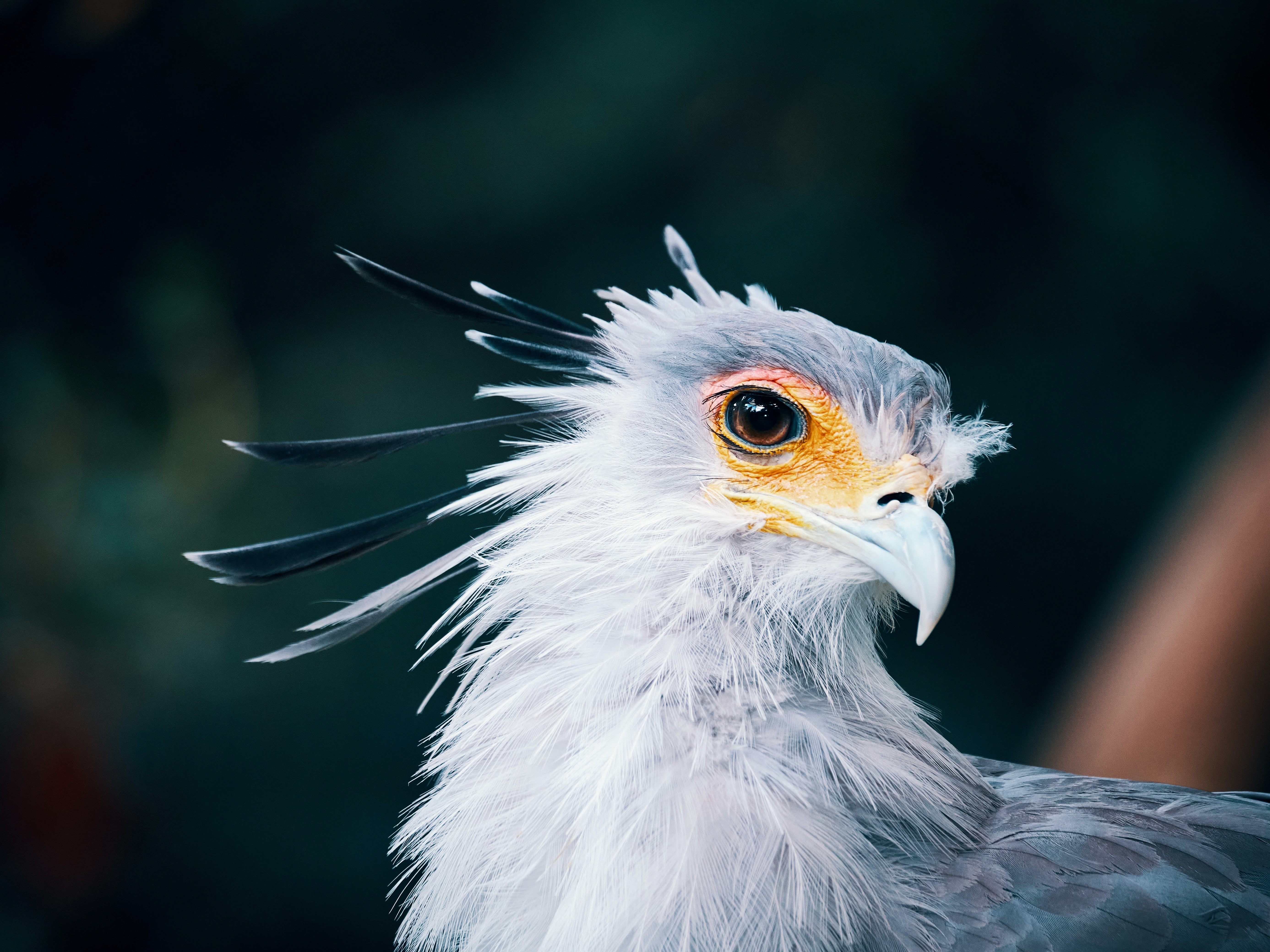Report shows alarming declines in raptor species across Kenya
Vulture, eagle and buzzard populations shrink amid poisoning and habitat loss

Kenya has lost 86 per cent of its iconic birds over the past 40 years, a report by local and international scientists has shown. The report released in February 2022, established that the country’s iconic Secretary bird and the Long-crested eagle have almost disappeared, with their populations plummeting by 94 percent.
“A team has been working for a long time to monitor Kenya’s raptor populations. We compared our data to observations undertaken decades ago and the results were not good news for Kenya’s raptors.”
“Of the 22 Savanna species we studied, 86 per cent had declined, and most declined by an average of 70 per cent,” Darcy Ogada, co-lead author of the study and an official of Peregrine Fund said.
Poisoning, mainly arising from misuse of highly toxic insecticides, as well as electrocution and collision with power lines, are cited as major causes of the steep declines.
While poisoning sometimes is intentional, arising from retaliatory attacks, scientists say it remains a serious threat to scavenging species such as vultures, bateleur and tawny eagle.
“Electrocution and collision with power poles and lines are a substantial threat to Kenya’s raptors. It appears to be widespread and growing rapidly, but has yet to be adequately measured,” read part of the report.
The survey was first conducted in the 1970s by identifying and counting individuals while driving along roads inside and outside of protected areas. They were repeated multiple times in 2000.
Head of Ornithology Section at National Museums of Kenya, Peter Njoroge, said the country risked losing its iconic birds if urgent action was not taken. “Most birds of prey are long-lived and slow breeding, and therefore they cannot cope with the myriad of threats they face today if urgent action to protect them is not initiated. We are on the brink of losing many of them along with the environmental benefits they confer on humanity,” Dr Njoroge said.
Once commonly-seen roadside species such as long-crested eagle and augur buzzard have suffered significant declines of 94 percent and 91 percent respectively. The Augur buzzard was once commonly spotted around Lake Naivasha. Between 1995 and 2014, the bird has undergone 47 per cent decline around Lake Naivasha alone.
Shiv Kapila, the Director of The Kenya Bird of Prey Trust and a coauthor of the study, said: “These surveys show precipitous and alarming declines of the majority of raptor species that occur throughout the region – most are now confined to protected areas, which are themselves greatly threatened in Africa by the continent’s push for development.”
“Hazardous energy infrastructure within and around protected areas and rampant poisoning that continues unabated are having profound effects on our raptor communities and populations,” Mr Kapila said.
Birds of prey, also known as raptors, are apex predators who play an important ecological role in maintaining the ecological health of their natural habitat. They do so by removing old, sick and weak animals. Raptors like vultures are known for their role as nature’s undertakers, as they scavenge on carcasses that could have otherwise spread disease.
According to the researchers, declines occurred among all vulture and large eagle species, and were especially pronounced among small and medium-sized raptors like Augur Buzzard and Black-winged Kite.
“Based on projected declines over three generation lengths, 45 percent of the species examined would qualify as Nationally Endangered or Critically Endangered.”
The iconic secretary bird showed the most dramatic decline, particularly in unprotected areas. It is said to have disappeared when grasslands were converted to agriculture, resulting in disturbance during the breeding season.
“The study’s findings further demonstrated the importance of protected areas for Kenya’s remaining populations, as raptors declined less severely inside parks and reserves compared to unprotected areas,” part of the report said.
This article is reproduced here as part of the Space for Giants African Conservation Journalism Programme, supported by the major shareholder of ESI Media, which includes independent.co.uk. It aims to expand the reach of conservation and environmental journalism in Africa, and bring more African voices into the international conservation debate. Read the original story here.
Join our commenting forum
Join thought-provoking conversations, follow other Independent readers and see their replies
Comments